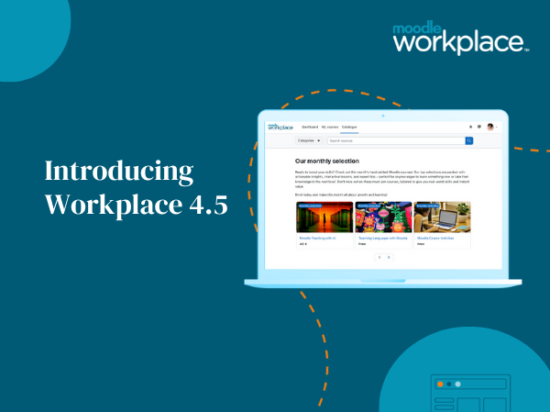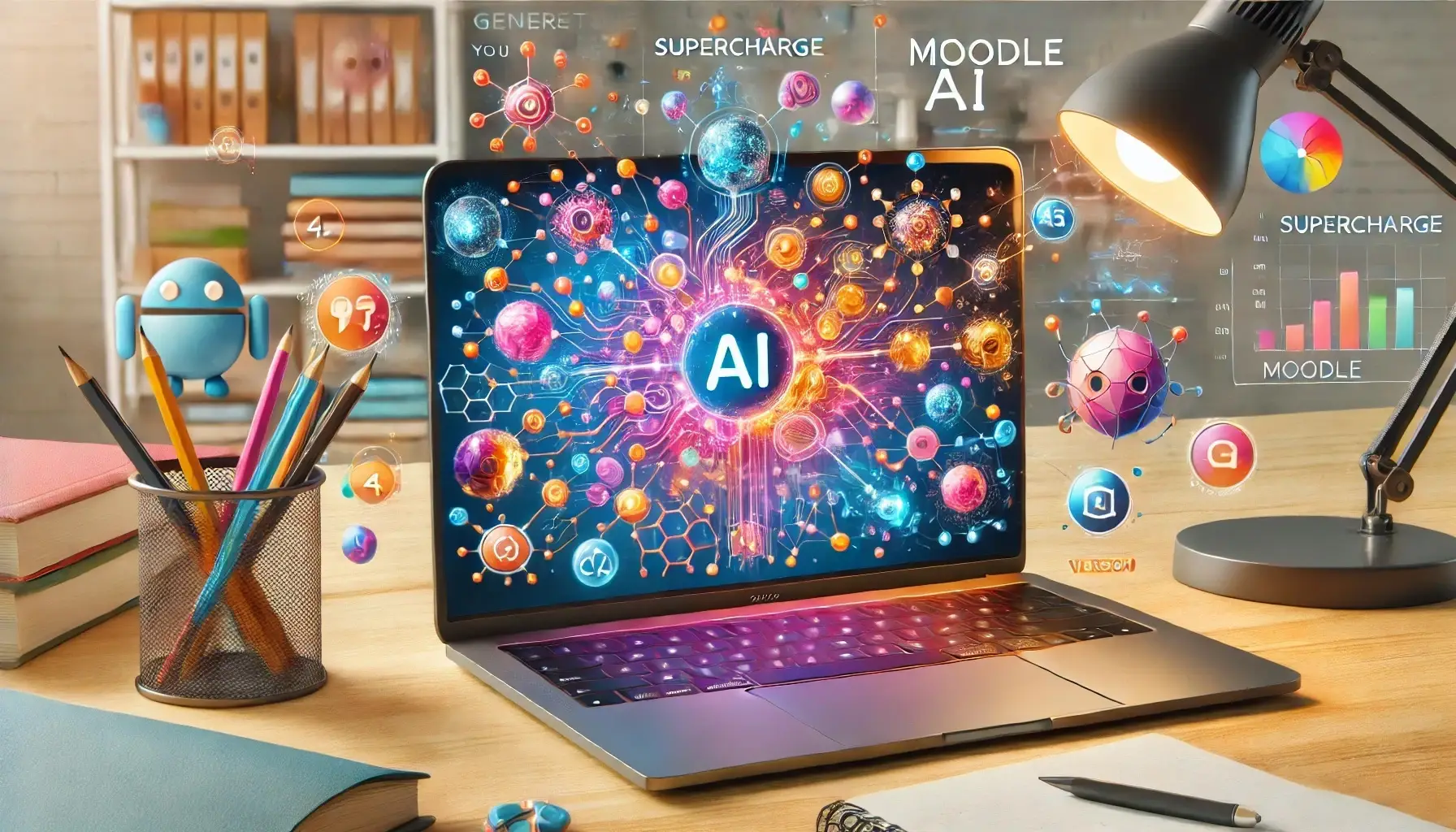Is your organisation developing e-learning strategies to make the transition from traditional learning to an online learning management system? Here are seven things to know about the new learning ecosystem.
To help you navigate this transition here are seven key considerations:
1. Define the new learning ecosystem.
Rapidly increasing new technology is influencing the training and learning environment. Organisations are heading towards a digital learning environment that is made up of the institution’s learning management system (LMS) and learning resources which may include: applications, tools and websites.
This new learning ecosystem can empower learners to build and manage their own learning environment.
2. Understand the new learning ecosystem.
Institutions are using a variety of ways in approaching the new learning ecosystem:
- standardising on single mobile device to reduce hardware incompatibility issues
- creating support models with websites and dashboards that recommend tools
- designing a learning community for participants to explore hardware, and applications
3. Who is doing it?
Universities, colleges and other education institutions are heading towards this learning ecosystem. Learning management vendors are exploring ways which they can integrate with popular sites such as Google Drive, Youtube, Flickr, Dropbox etc. Moodle and Totara support this approach.
4. Why is it significant?
The learner becomes the focus in a successful learning ecosystem. As the learning management system blends with other web services, mobile applications and other online resources it creates a collaborative learning environment that engages course participants.
5. What are the downsides?
The more accessible and available technology becomes the more choices available to learners which may divert discussion from projects to which tools to use. Learners may not use the same tools, software or applications and they may look to instructors to help them to manage the technology as well as help them bridge the knowledge gap.
Where learners have used different tools to work on projects this may result in issues in the classroom when they need to collaborate on their projects. Tracking learner’s results and activity across multiple platforms may also become challenging within the learning ecosystem.
6. Where is it going?
Innovation in technology continues to increase and provides diversity for the learning ecosystem. Responsive web design is influencing the way content is designed on android, iPad and mobile devices.
Institutions may move from teaching specific tools to training staff on how to use the digital learning tools available to them. Close collaboration between publishers and institutions may result in the learning content design to become much more interactive depending on the tools used and the learning management system.
7. What are the implications for training and learning?
While the choices within the learning ecosystem may be many; these choices along with collaboration with their trainers will have a positive impact on the learner and will assist learning professionals to create, deliver and design engaging learning content. Here are some benefits for training and learning:
- Diversity of technology will create a robust learning environment that focuses on the user.
- Trainers and learners can decide on how they choose to collaborate on projects.
- Learners can learn to apply digital learning technology as well as adapt to multiple e-learning devices
- Learners will also refine their critical thinking skills by engaging within the new learning ecosystem which will help them to prepare for their working environment.







